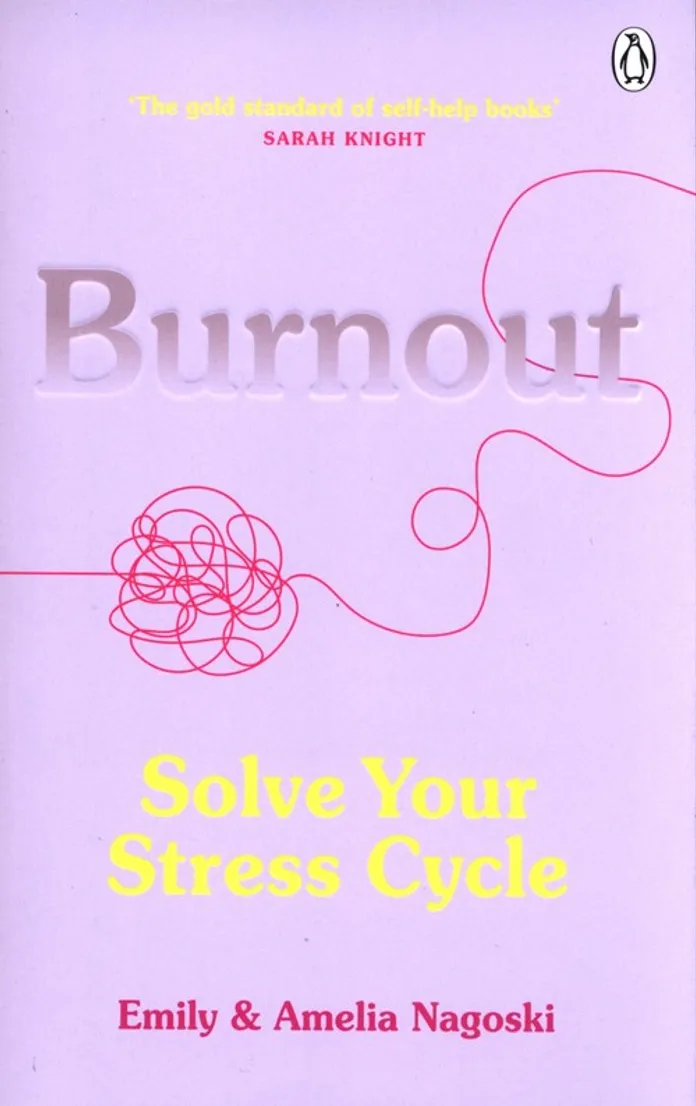
Similarly, while Autistic burnout shares similar features as occupational burnout, it is different and requires different support.īecause Autistic burnout is distinct from occupational burnout and depression, it needs to be treated differently.

Autistic burnout can look like depression however, it needs to be supported differently. One important thing to understand about Autistic burnout is that this is not the same as occupational burnout or depression. The three primary characteristics of Autistic burnout includeĢ) Reduced tolerance to stimulus (increased sensory sensitivities)ģ) Loss of skills (e.g., reduced executive functioning such as thinking, remembering, creating and executing plans, performing basic self-care skills, and activities in daily living). For high-masking Autistic people, this often results from expectations and pressures that come from trying to live up to allistic (non-Autistic) expectations. To reach the clinical definition of Autistic burnout syndrome, it must be present for 3 months or longer (Raymaker et al., 2021).Īutistic burnout results from chronic life stress.

Autistic burnout is characterized by three core features: 1) pervasive exhaustion, 2) loss of skills, and 3) increased sensory sensitivities. Autistic burnout is characterized by pervasive, long-term (typically 3+ months) exhaustion, loss of function, and reduced tolerance to stimulus.


 0 kommentar(er)
0 kommentar(er)
